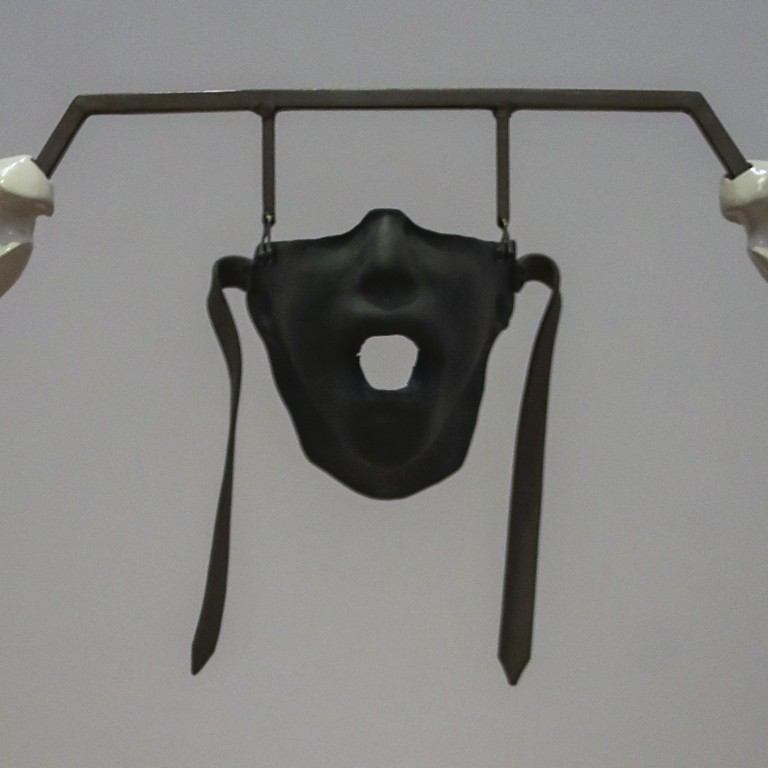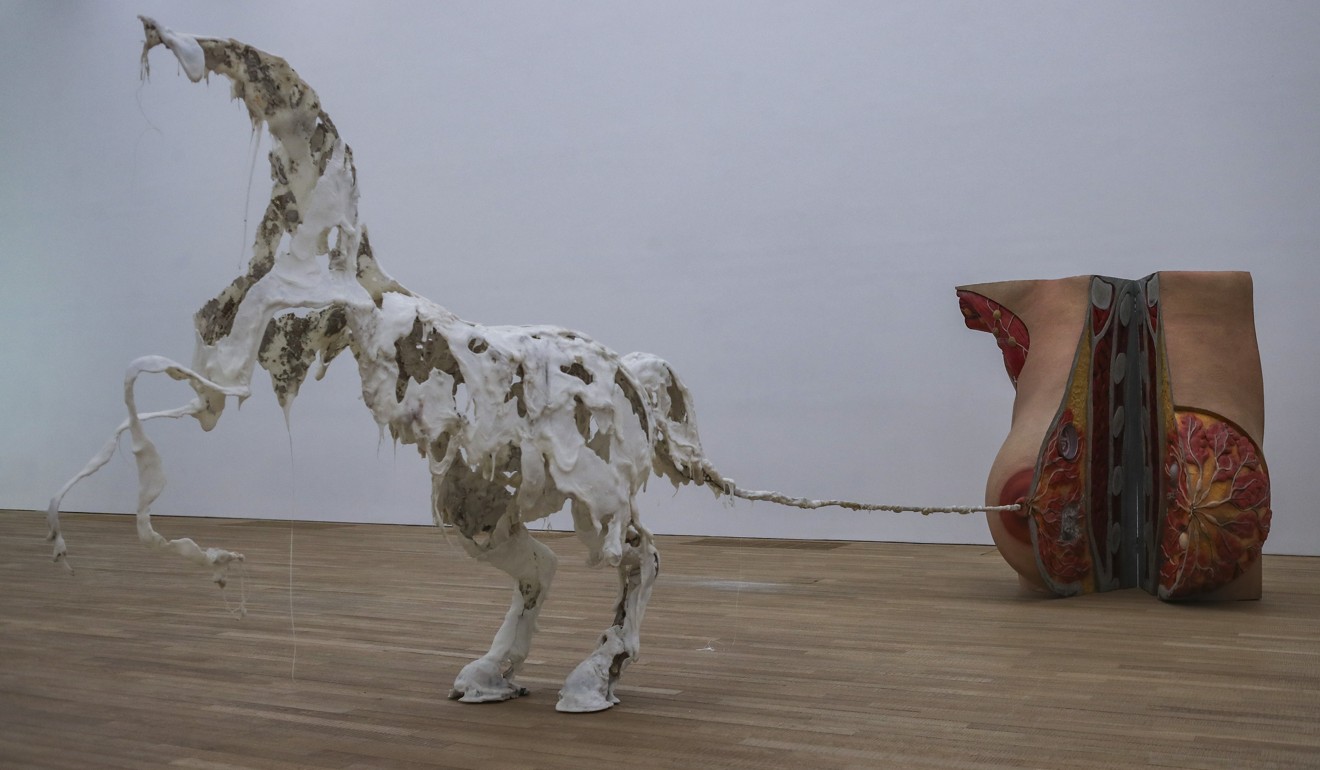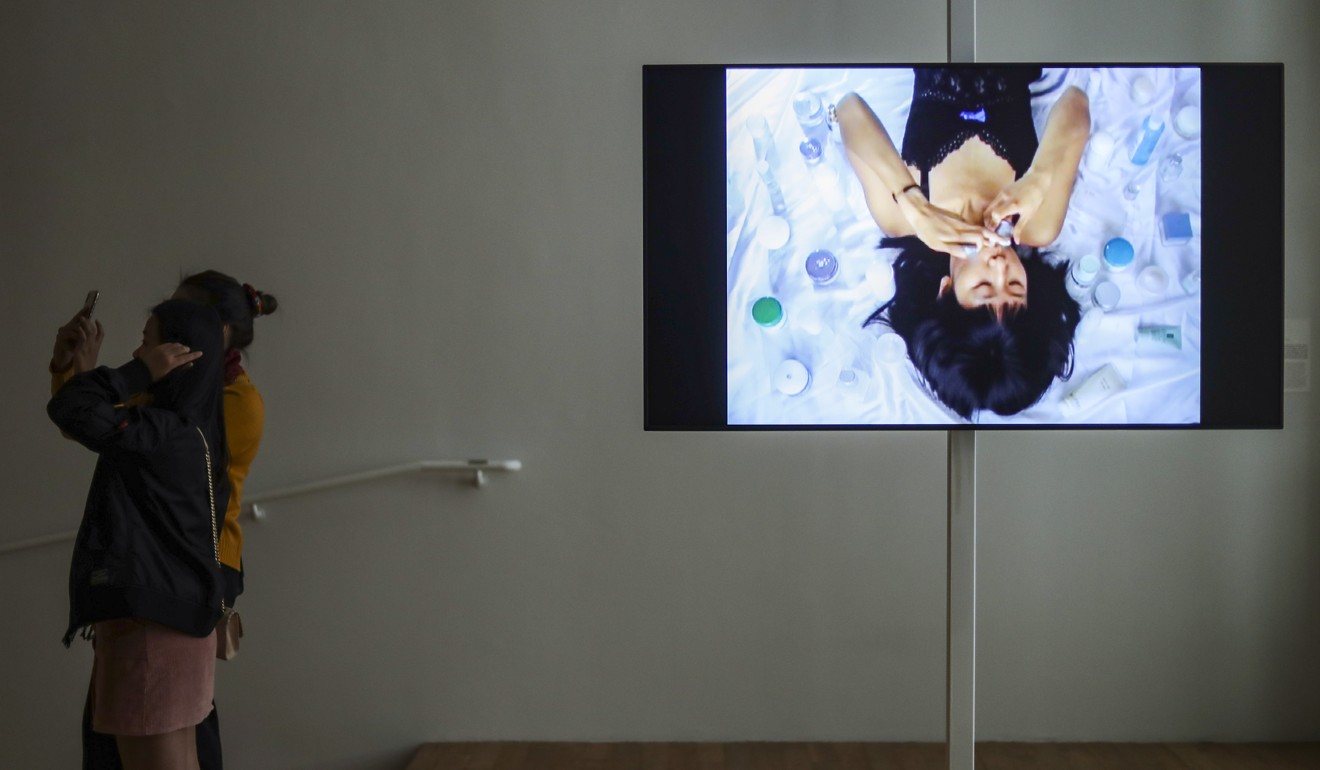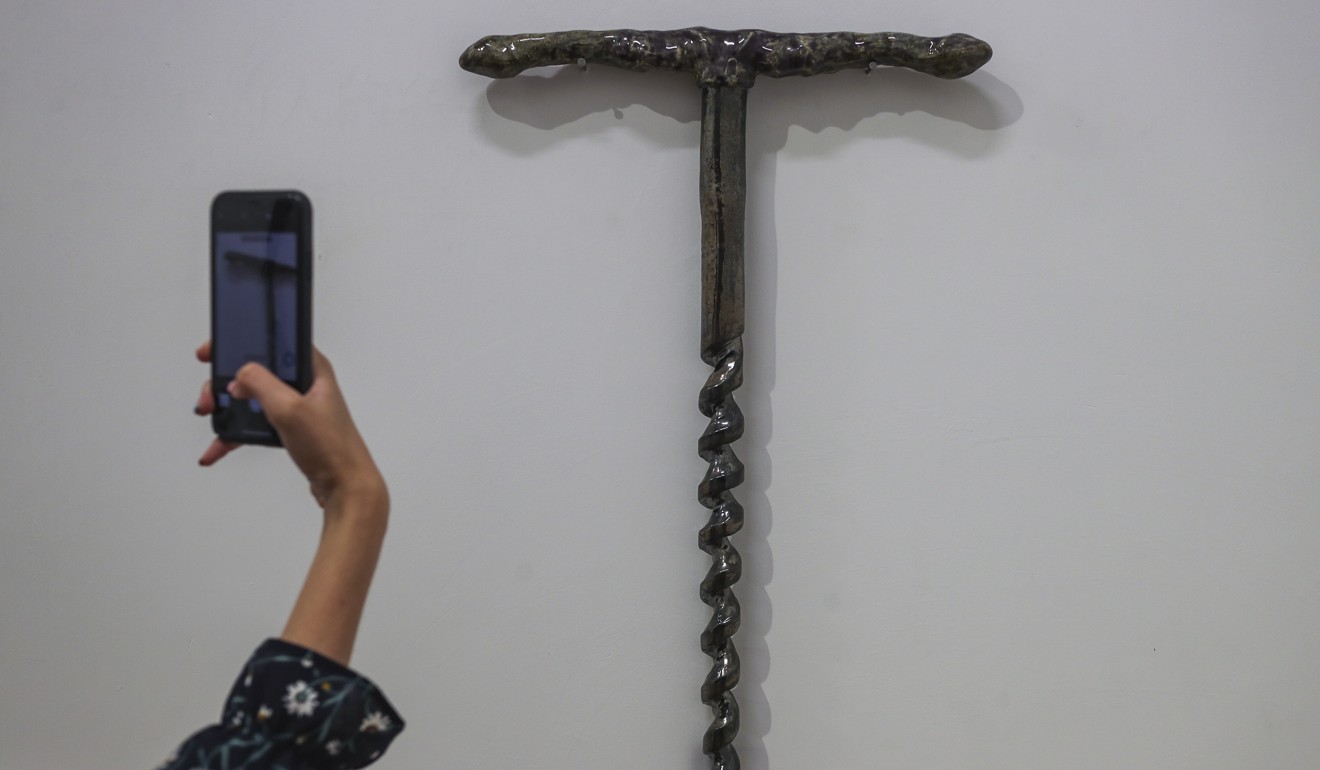
Hong Kong exhibition taps into the effects of violence and gender using fantasy, humour and pain
- ‘Performing Society: The Violence of Gender’ at Tai Kwun Contemporary in Central features works from 11 international artists
- The artworks seek to reflect the times and offer different perspectives on the issue
A new exhibition at Tai Kwun Contemporary in Hong Kong’s Central district takes a fresh look at violence and gender. Some noteworthy artworks stand out for their refreshing take on the issue, but others are awkward fits that blur the exhibition’s focus.
“The idea was how much gender and the construction of that can be a violent power,” says Susanne Pfeffer, curator of “Performing Society: The Violence of Gender”, which features works from 11 international artists.
Singapore SOS for exhibitors at cancelled Art Stage fair brings flood of offers
She explains that violence is as much about physical acts as it is about invisible borders and structures that exist to keep gender norms in place.
“For me, it’s important to pick works that aren’t just showing the actual state, but a way of dealing with it. The works, in a certain way, are empowerment. That’s already a gesture in itself,” says Pfeffer, who is also the director of Museum Fur Moderne Kunst in Frankfurt, Germany.

British artist Marianna Simnett takes on both in The Udder (2014), a short film based on Saint Aebbe, a nun who cut off her nose to avoid being raped. The film, which is painful to watch, features a young girl who disfigures herself while her two younger brothers plot against her.
Interspersed in the video are descriptions of how cows are milked and keep clean, a nod to the binding virtues of purity, the institutions that reinforce them and the commodification of the female body.
Chinese artist Dong Jinling makes a bold statement with her own body. In an act of reclaiming her own body, the young nursing mother only breastfed with one breast. In a video, she squirts milk from her breast with her hand, taking the intimate act into public view.

In her second work, a half-naked self portrait, we see how her anatomy has changed as a result – one breast is significantly larger than the other. (But it is not known how visitors are supposed to make the connection, considering that the works are displayed on separate floors.)
Her performance art is even more striking, when you consider the controversy over breastfeeding in public, censorship of female nipples on social media (Dong’s nipple has to be blocked out in the exhibition’s pamphlet) and how beauty is associated with symmetry.
Given how often the value of a woman is defined by her physical appearance, the concept of beauty is frequently visited among works about femininity. Ma Qiusha’s Must Be Beauty (2009) delivers a clear message with strong visuals. Lying in bed, Ma is seen consuming bottle after bottle of cosmetic products – by ingesting them.

In Uterusland (2017), everything you see is part of German artist Raphaela Vogel’s work, including the installation hanging over the video projector. A huge sculpture shows the anatomy of a dissected female breast, one half plagued with diseases and the other shooting out white strings that form a galloping horse. The accompanying video provides further context for the piece, where a woman cradling a baby goes through a water slide, a metaphor for the birth canal.
Offering a male perspective on the topic, Wong Ping, the only local artist, touches on toxic masculinity in his animation Who’s the Daddy (2017).
Full of dark humour, it is a twisted and purposely salacious tale that some may find crude. It alludes to abortion, religion, social media habits and political correctness among many other issues, but feels out of place in the exhibition.

Even if it reflects that men can also be victims of gender stereotyping, the character’s obvious feeling of repulsion for the female body reinforces the hatred that feeds violence towards women.
It’s likely a case of insensitivity rather than being deliberate, but the film seems to undermine the severity of violence against women, contradicting the overall theme.
Vancouver Art Gallery gifted US$30 million by Hong Kong textile heirs
Nonetheless, Tai Kwun should be applauded for putting up a show on the timely topic. There is still a long way to go for gender equality but generating public discussion takes us one step closer.
Performing Society: Violence of Gender, February 16 to April 28, Tai Kwun Contemporary, 10 Hollywood Road, Central. Free admission

